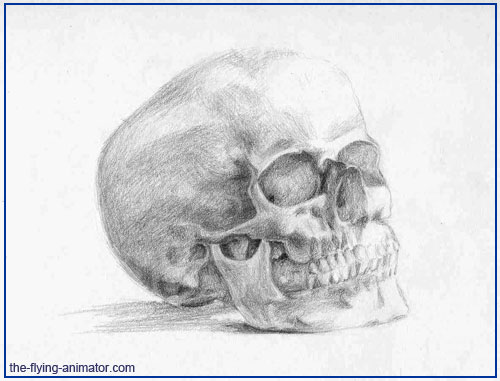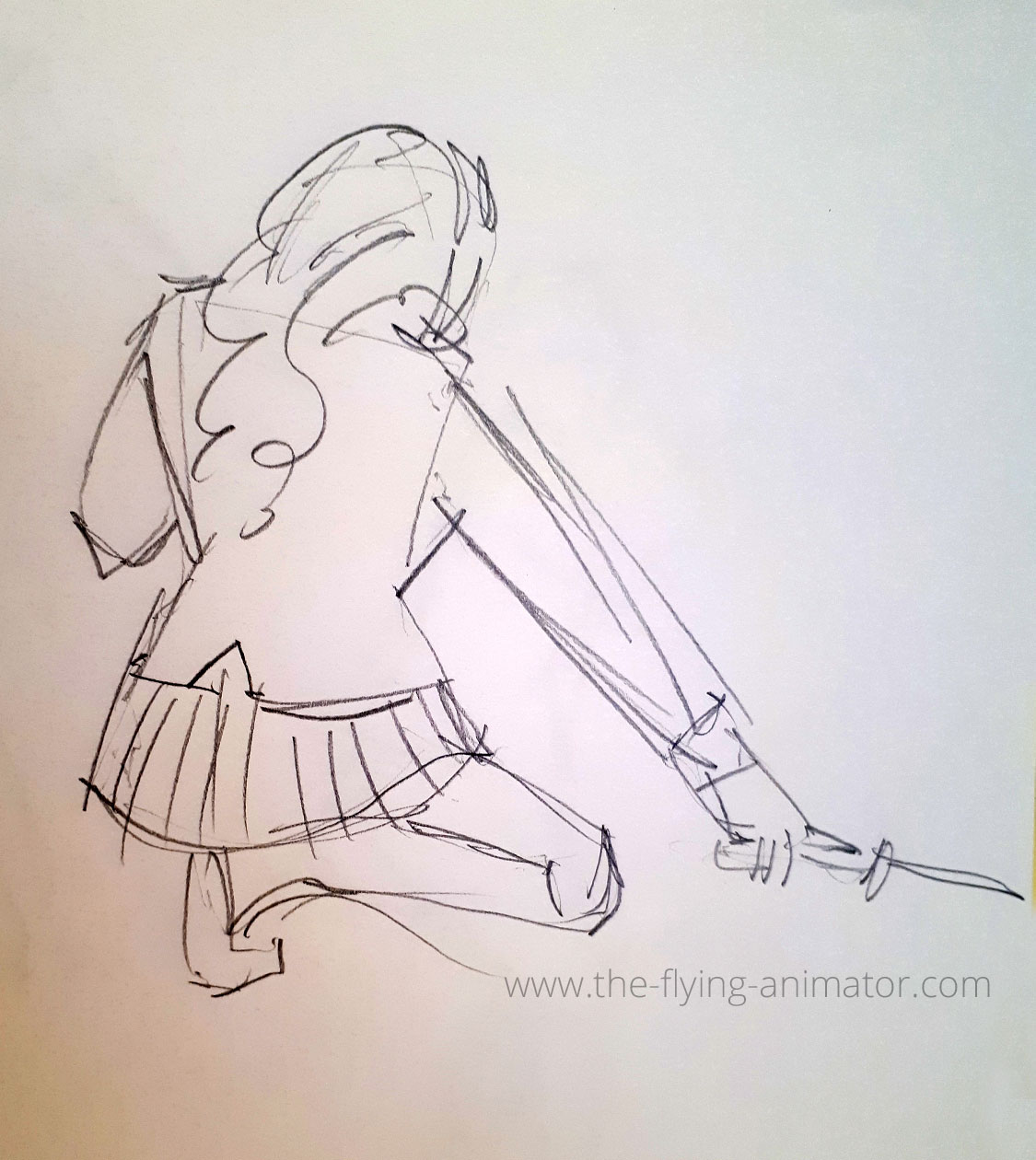The "Body Worlds" exhibition -
To see or not to see?
I saw the Body Worlds exhibition sometime around April 2009.
I went there with a fellow animator. We were both convinced that this is something we HAVE to see – as Artists, and as Animators.
At first, I thought - “No way am I going to this thing,” but curiosity took over.
I have studied some anatomy in art school, and loved it. The inner workings of the human body are amazing to me.
As an animator, I felt I must get some basic knowledge of how our skeleton and muscles work. In older times, and not so long ago in some places, art students dissected cadavers in order to study the human body.
I figured the Body Worlds exhibition is the closest I’m ever going to get to that, and in the cleanest way possible, so I took the opportunity and bought a ticket.

The exhibition was packed.
We waited about an hour in line to get in. It seemed that half of the visitors were doctors or medical students. People walked around the exhibits in muted excitement, and every now and again someone, probably a doctor, would utter a hushed exclamation, saying “Ohh, look, he had this-and-that of the thingy”, pointing at one of the pealed and fanned out bodies.
Shocking?
Well, yes and no.
Yes - because these exhibits really are real dead people. You can’t miss it. You look at them and you just SEE they are real, not fake plastic models.
No – because studying anatomy is as old as human kind. These were people who donated their body for this purpose, and also, because they are so beautiful!
It’s as simple as that. It was like walking inside an Anatomy Atlas.
The human body is amazingly elegant, and insanely complicated.
The process of Plastination was invented by Gunther von Hagens in 1977. Preserving human tissue in polymer allows you to take a look at it in ways not otherwise possible.
The Body Worlds exhibit we saw was only one of several that regularly tour the world.
I won’t forget it in a hurry
Walking around the "Plastinates" was not like looking in a book, the way flying a simulator is not like flying a real plane.
I recognized most of the organs. I can name the major bones and muscles. Mostly I understood what I was seeing, but some things surprised me. The real thing was not as I had imagined, and there are some things an illustration cannot convey.
The size of the Aorta, for one.
That is one big pipe! I really couldn’t imagine how big it is until I saw it. Same for the stomach. It’s a 2-3 Liters, (about 3 pints) container, sitting in the middle of your body.
It’s BIG.
The nerves, coming out of our brain and wiring the body, turned out to be a lot thicker than I thought. Quite a few of the Plastinates had their spine open to show the thick bundle of white cables wiring the body.
The Hand
One particular specimen took my breath away: The Hand.
It was just a hand, the palm and the wrist.
All its blood vessels were filled with a polymer, red and purple, to show the flow direction. Then all the organic tissue was removed, bones too.
What you got was a little plastic tree, in the shape of the blood vessels of a human hand. Our finger tips have so many tiny blood vessels in them that you could make out the folds of the skin.
I love hands. I look at people’s hands until they’re embarrassed. I just couldn't turn away from this.
The beauty of good health
There were other things to see:
Lungs, healthy ones and smoker’s lungs. Whole lungs - you could see the space between them where the heart sits, and slices that show you what goes on inside.
What got me was that you don’t need a doctor to tell you what is healthy and what is diseased. Even if you've never seen an internal organ before, you'd know.
A healthy organ is beautiful.
Its shape is clear and clean. You look at it and feel that it just looks RIGHT.
All the internal organs sit tightly packed in the abdomen. No wasted space. Their shape is the result of both their function and of the space allocated to them. Like the lungs making room for the heart.
Somehow, all these odd shapes and sized manage fit into the symmetrical human package, like some soft, living jigsaw puzzle. Any industrial designer that ever designed a package would appreciate that.
We spent about an hour and a half at the exhibition, and just as I started getting queasy, we arrived at the end of it, so I guess the dosage was right.
The creators of the exhibition did everything possible to present the specimens in a clean and super-aesthetic manner. It had a good measure of emotional distance and also a touch of humor. Not the LOL kind of humor, but just enough to relive some of the tension, like the trio of Poker Players.
One of them had an Ace tucked in his toe.
Did this visit make me a better animator?
Yes, I think it has.
I animate people and animals. I need to understand how we move. How does each part of the body move, how the joints work, and how our muscles operate the skeletal machine.
I feel I need to understand what I see when I look at a person moving.
Studying anatomy has improved my animation by leaps and bounds.
Seeing real skeletons and muscle corrected a couple of misunderstandings and misconceptions I had about the human body, which I don’t think any book could have explained to me. Being a visual sort of person, this was a powerful experience.
I wanted to know.
I’m glad I had the chance to see it.
I've found this video on YouTube; I think it pretty much conveys the visiting experience to a "Body Worlds" exhibition:
You can also visit the official web site at www.bodyworlds.com
Related Articles on the-flying-animator:
Learn to draw people
Movement of the spine - Anatomy for Animators
Home > Learning to Draw > The Body Worlds Exhibition
Figure Drawing Journal:
In This Section
Basics:
More Drawing Tuts:
anatomy- the movement of the spine
drawing perspective with a single vanishing point

